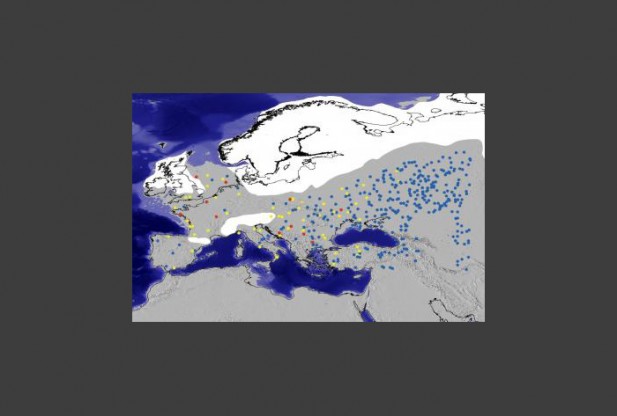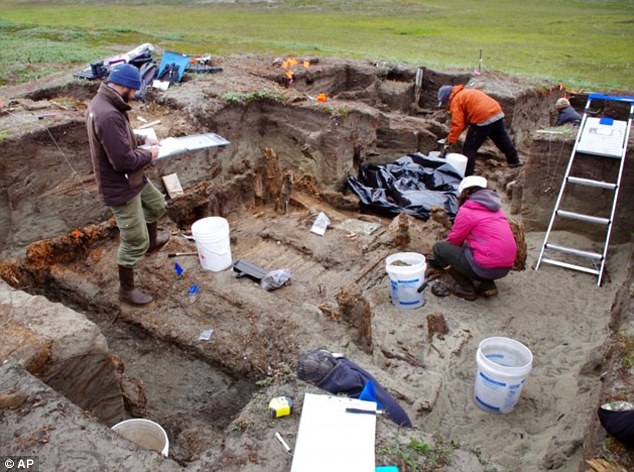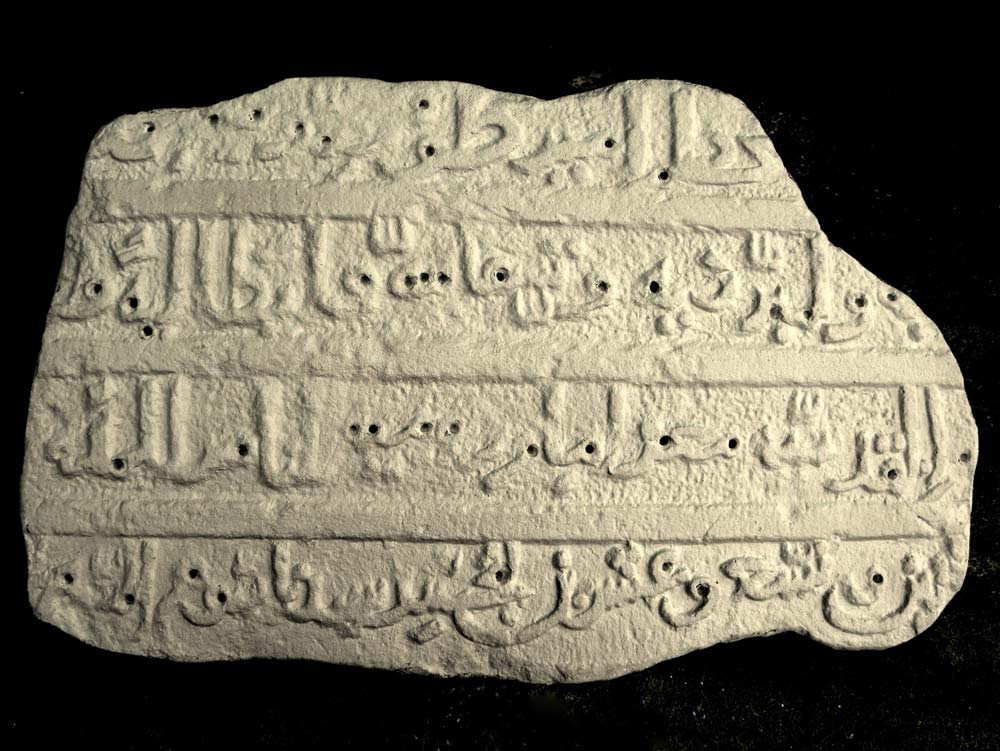
© David P. Smith | ShutterstockThe Three Sisters rock formation found in the Navajo nation land of Monument Valley. Two geographers argue that the relatively isolated and rugged nature of Navajo country ultimately contributed to the tribe's success.
While other tribes have disappeared from North America over the centuries, the Navajo Nation has done the opposite. Two geographers from the University of California, Los Angeles, offer an explanation for why the Navajos have been able to grow to more than 300,000 members today: a combination of geography and culture.
Jared Diamond and Ronan Arthur propose that the geographical isolation and cultural flexibility of
the Navajos, who call themselves the Diné, allowed them to expand, even after the arrival of Europeans in
North America in 1492 and efforts four centuries later to assimilate them into white U.S. culture.
"Many tribes decreased their numbers, disappeared or lost their homeland, language or cultural identity," Arthur and Diamond write in the Nov. 18 issue of the journal Science. "The Navajos are a striking exception."
In fact, they are arguably the largest American Indian tribe in the United States. (The Cherokee Nation, with different membership requirements, also can make that claim.) And the Navajo reservation, established in 1868, has expanded from roughly 3.3 million acres to more than 17 million in Arizona, Utah and New Mexico.




